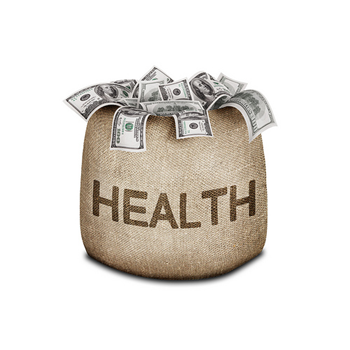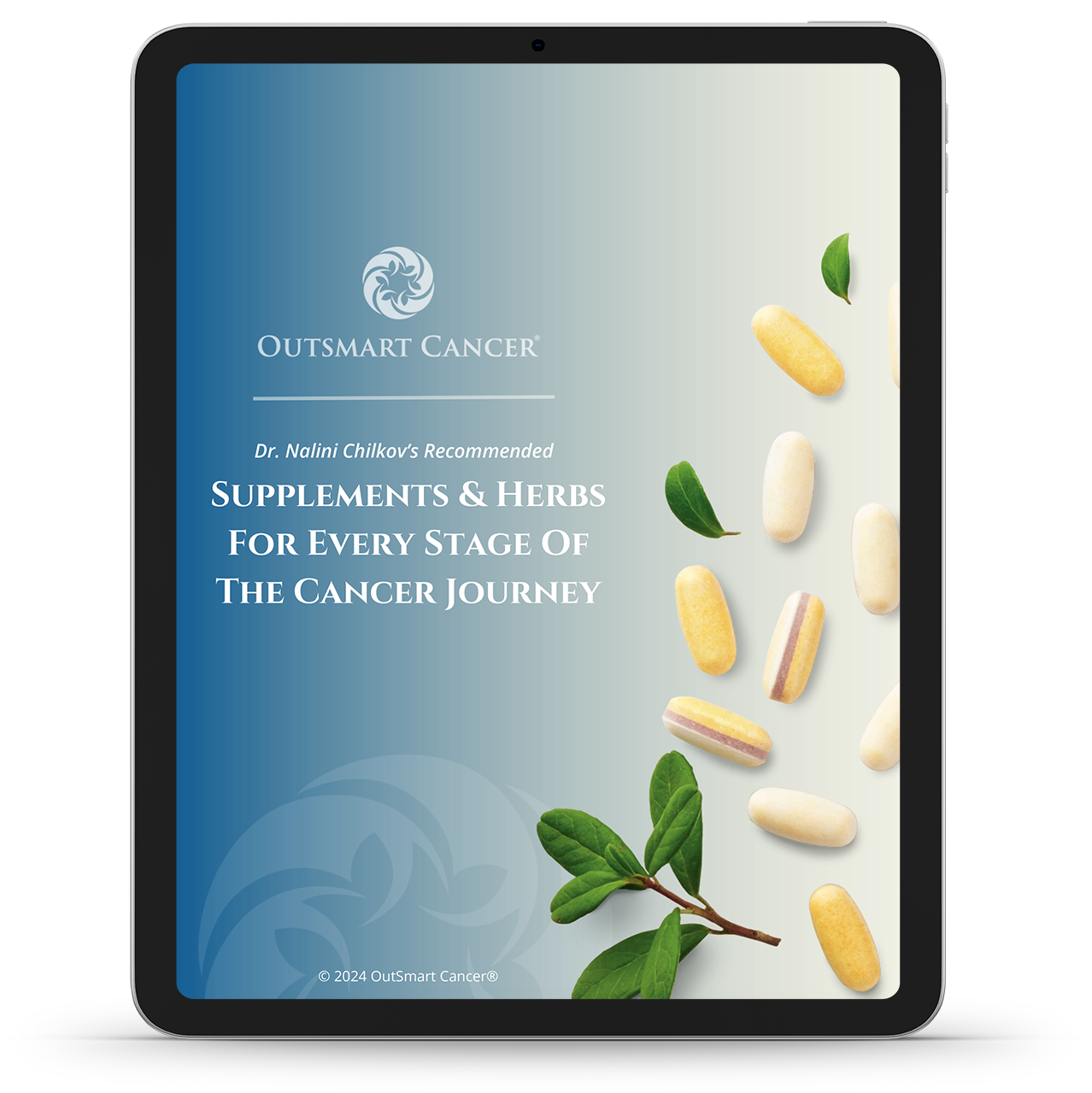
Cancer is scary. Health is precious. Losing our health and well-being, especially to a deadly and life-threatening disease such as cancer, is often in our own hands at first. If we are paying close attention to our bodies, we can bring these signs to our care providers to help us understand what these symptoms mean.
No physician can monitor your body on a daily basis. Being in touch with and aware of subtle but persistent changes in your health — and taking action by seeking professional care to either rule out or identify a problem — may save your life.
Recognizing the presence of cancer early in the process usually means you have a chance at a long life, less aggressive treatment and the opportunity for an integrative cancer care plan that includes healthy, natural medicine.
How to Recognize Cancer
Symptoms of many cancers are often characterized by having a fixed location and by their persistence. This means the location doesn’t change or travel and move around, and the symptoms do not come and go.
Younger women will often ignore, discount or minimize the importance of symptoms, thinking that serious illnesses, including cancer, happen to older women. Becoming a hypochondriac and becoming alarmed with every symptom is not your goal. That is why knowledge is power. If you know the important symptoms and when to seek care, you are able to act with intelligence and knowledge. Another issue is denial. When something worrisome arises, do you deal with it in a direct and timely fashion, or ignore it and hope it will just go away? That may cost you your life.
Health is caused by the caring decisions we make towards ourselves and the choices we make in our daily lifestyle. By eating well, getting enough rest, managing our stress and exercising regularly we set the groundwork for health. In addition, building relationships with health care providers that get to know us well and support us in monitoring our health and disease risks appropriately, are the basis of a preventive health model as opposed to a crisis and problem oriented disease model.
In Ancient China the doctor was only paid if the patient was well. Therefore Traditional Chinese Medicine is quite possibly the original preventive, health oriented system. The doctor paid attention to small changes and early signs that the patient was turning away from health. The doctor did not wait for the patient to progress into illness.
There is also a beautiful tradition of seasonal care. In this way the doctor sees the well patient at least once each season for a health and wellness preservation visit. Each season the diet and activities are balanced with the changes of season.
This is a nice reminder to check in with ourselves at least once each season at the very least. Even better, menstruating women pay attention to monthly changes. Whether you are menstruating or menopausal, this is a good health habit to build into your lifestyle.
Check in with your health and well-being on the same day of each month. Use the following checklist to monitor your health. If a symptom persists, consult with your health care provider to find out what those symptoms mean for you. Taking action is also the best way to maintain your peace of mind and lifelong health and well being.
Go through the following Cancer Cues Checklist every month:
Here are 16 Signs of Women’s Cancers That You Must Not Ignore
- Abdominal Swelling and Bloating may be a sign of ovarian, uterine or colon cancer
- Unexplained Weight Loss: If you lose 2 or more pounds per week without any changes in diet and exercise, this may be a sign of serious illness, including many cancers. It is one of the most common signs of cancer. Of course your doctor will rule out other causes such as thyroid disease.
- Abnormal Bleeding is one of the most common signs of cancer. Are you bleeding from your vagina when you are not having your period? Do you have blood in your stool? Are you spitting up blood from your stomach or coughing up blood from your lungs? Do you have an area on your skin that bleeds and won’t heal? These may be signs of uterine or cervical cancer, colon cancer, stomach, throat, lung or skin cancers.
- Breast Changes: Most women know the look and feel of their own breasts. Pick a day of the month and both examine the breasts and nipple and underarm area with your finger tips. Take a look in the mirror as well. If you notice any areas of tenderness, congestion, swelling, lumps, discharges or bleeding or if the skin texture or color has changed or become inflamed, or if your breasts or nipple look puckered or asymmetrical, get a thorough breast exam.
- Vaginal and External Genital Changes in the vaginal wall, the opening of the vagina or external area known as the labia and vulva should be examined for the presence of early signs of cancer as well as infection or sexually transmitted diseases. Any raw or open sores or abnormal discharges, bleeding or pain warrant a visit to the doctor.
Please continue to The Healthy Woman Checklist Part 2 for the rest of the checklist.




